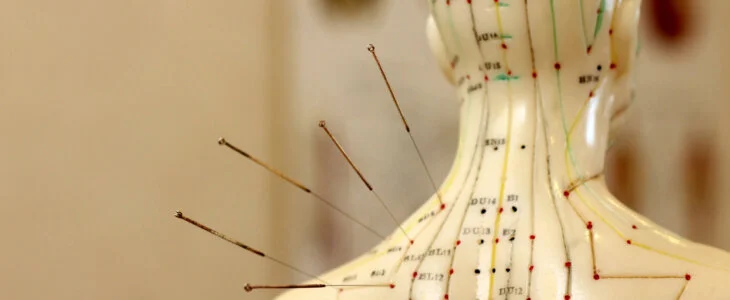Are you experiencing nerve-related pain? Ever wondered how your doctor pinpoints the cause? The answer lies in one powerful tool: the spinal chart. It’s like a map of your nervous system. We’ll unravel the mystery behind common conditions like sciatica and herniated discs, and reveal how medical professionals use this crucial tool.
So, if you’re ready to decode your pain, let’s dive in!
What Is A Spinal Chart?
A spinal chart is a diagram used by medical professionals that depicts the relationship between segments of the spinal cord and their associated areas of the body. Each spinal cord segment corresponds to a specific body region, a dermatome.
This chart helps diagnose conditions that affect the nerves exiting the spinal cord, like sciatica or herniated discs. For example, suppose a patient is experiencing pain or numbness in a specific body area. In that case, a doctor can refer to the dermatome chart to understand which spinal nerve could be affected.
The spinal chart also shows the body areas controlled by each spinal cord level. This includes sensory, motor, and reflex functions. Understanding this relationship is crucial, particularly in spinal cord injuries, as it allows healthcare providers to assess the level and extent of neurological damage and predict which body functions may be compromised.
Reading Spinal Charts
The spinal chart serves as a blueprint of the body’s nervous system. For example, the nerves that exit from the first cervical spinal nerve (C1) in the neck correspond to some areas of the head and neck. The first thoracic spinal nerve (T1) nerves link to the inner arms and corresponding parts of the upper chest. This understanding is fundamental in identifying potential sources of nerve-related pain.
Myotomes, on the other hand, represent muscle groups that receive innervation from specific spinal cord segments. A deep understanding of dermatomes and myotomes allows health professionals to diagnose patients with sensory or motor issues.
By analyzing this intricate map, clinicians can quickly determine the potential origins of neurological issues. The spinal chart plays an invaluable role in identifying nerve-related problems and planning appropriate treatment strategies.
Common Nerve Issues
A plethora of nerve-related conditions is found in the spinal chart. For example, sciatica, a condition characterized by pain radiating down the leg from the lower back, often signifies issues at the L4 to S3 level of the spinal cord.
Herniated discs, a common issue causing back and neck pain, can also be identified using the spinal chart. For example, a herniated disc at the level of C5-C6 may lead to pain or numbness in the thumb and index finger, corresponding to the C6 dermatome.
The viral infection shingles often present as a painful rash that typically appears in a dermatomal distribution. Recognizing this pattern can help confirm a diagnosis. By understanding the spinal chart, clinicians can swiftly identify the source of the patient’s symptoms and provide effective treatment.
Trust Medical Opinions
Medical professionals leverage the spinal chart extensively in their diagnostic process. Symptoms reported by patients, such as localized pain, numbness, or tingling, are cross-referenced with the chart to identify the corresponding spinal cord segment. It also helps clinicians determine the appropriate course of action in treatment planning. If a patient suffers from a nerve-related issue, understanding the source of the problem using the spinal chart allows the doctor to plan targeted therapies or surgeries.
Legal Help
Spinal charts guide medical professionals in locating the source of pain and planning the most effective treatment strategies. At Deldar Legal, we use medical documents to build strong cases for our clients. Our experience interpreting and understanding the medical implications allows us to communicate effectively with healthcare professionals, insurance companies, and courts. If you or a loved one has suffered a spinal cord injury, give us a call at (844) 335-3271 or contact us online!


